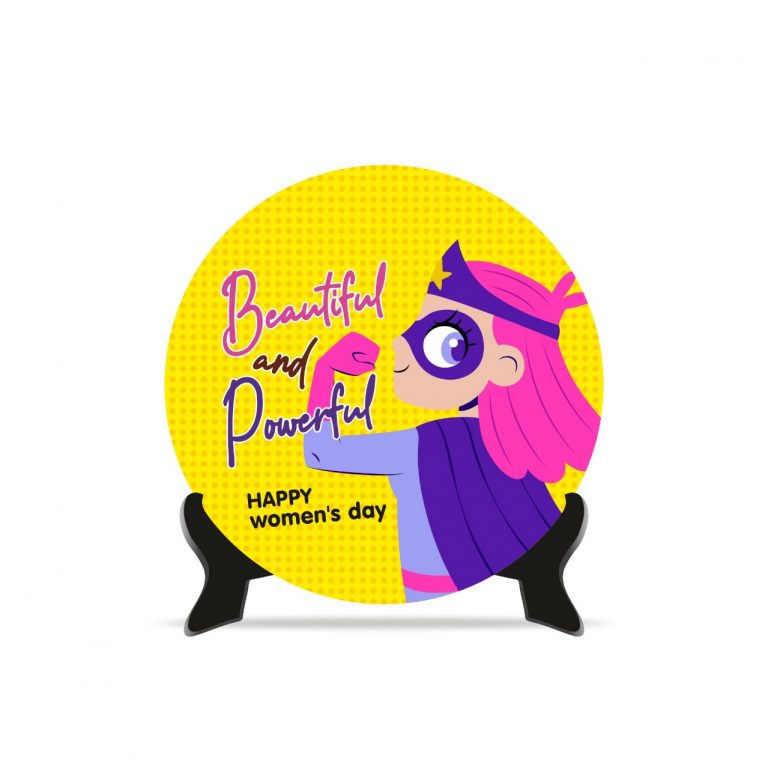The world of work has changed. Fast. Whether your team is gathered around the same conference table, splitting time between the office and their home desks, or fully remote and scattered across time zones, one fact is crystal clear: connection fuels success.
In-person teams benefit from spontaneous conversations, quick clarifications, and the kind of easy camaraderie that happens when people share physical space. Hybrid teams juggle the unique challenge of blending face-to-face and virtual interactions, often struggling to keep everyone equally engaged. Fully remote teams gain unmatched flexibility and access to global talent but face the risk of social isolation and disconnection.
The solution isn’t rocket science; it’s an intentional connection, thoughtfully designed to fit each team’s unique rhythm and style.
Why Physical Presence Still Packs a Punch
Let’s get this straight: no amount of slick tech can fully replace the magic of shared space. When people meet face-to-face, workplace culture jumps off the slide decks and into real life. Think about those small, seemingly trivial moments: a glance exchanged across the room, the quick pause before responding, the laughter that rolls around a lunch table. These are the moments that build what we call relationship capital—a currency of trust, empathy, and collaboration that turns coworkers into true teammates.
Research from Harvard Business Review Analytic Services backs this up: 88% of employees say in-person meetings restore connection and build long-term relationships. For hybrid teams, the occasional in-office day becomes a crucial anchor, a way to reset and strengthen bonds that distance strains.
Leadership plays a starring role here. When executives step out from behind the screen and into the room, it sends a powerful message. A quick nod during a workshop, a genuine “thank you” in person, or an off-the-cuff conversation can build rapport faster and more authentically than any well-crafted email. It reminds everyone that leaders are not distant decision-makers; they’re people listening and learning alongside the team.
Why Hybrid and Remote Teams Need Their Own Special Sauce
While in-person magic is undeniable, hybrid and remote teams face distinct challenges and opportunities.
For hybrid teams, balance is everything. The mix of physical and virtual work can create awkward moments: remote colleagues might feel left out during spontaneous hallway conversations, or on-site employees might struggle to connect through screens. The answer lies in intentional rituals – regular, well-planned touchpoints that make everyone feel seen and heard.
Town halls with open Q&A sessions, hybrid happy hours, and virtual coffee breaks are more than just calendar fillers. They’re lifelines that build cohesion and shared identity across work modes.
For fully remote teams, the challenge intensifies. Without physical proximity, it’s easy for social connections to erode. But smart companies are turning this challenge into a competitive advantage by getting creative:
- Virtual Town Halls: These aren’t your typical company updates. The best ones invite unscripted questions, spotlight individual contributions, and celebrate wins in real time.
- Themed Virtual Events: From online trivia and cooking classes to digital escape rooms, these activities encourage personalities to shine and create shared memories across miles.
- Wellness Challenges: Dedicated apps help teams develop healthy habits together, building accountability and camaraderie that go beyond work tasks.
These efforts pay off. Organizations that commit to virtual connection initiatives report higher retention, smoother conflict resolution, and more innovative collaboration across teams.
Related Posts
The Business Case for Connection
Loneliness is a real and growing problem in today’s workplaces, and it comes at a cost.
Gallup’s 2024 global workplace study revealed that 25% of fully remote employees suffer persistent loneliness, compared to 16% of their on-site counterparts. This kind of isolation chips away at employee loyalty and can quietly fuel “quiet quitting” or disengagement.
Regular in-person or virtual gatherings interrupt this downward spiral by transforming speculation into open conversation. Picture this: a junior developer hesitates to raise a concern during a budgeting call. That hesitation might go unnoticed in a virtual-only environment, festering into frustration. But at an in-person or hybrid gathering, a manager spots the doubt, checks in after the session, and prevents a slight worry from snowballing into a bigger problem.
Beyond emotional benefits, the numbers tell a story every business leader should hear. The cost to replace a mid-level employee often exceeds their entire annual salary. If a single well-executed offsite or regular engagement event persuades just a few key people to stay, the ROI can easily cover the event’s cost—and then some.
Making Every Gathering Count – No Matter the Format
Whether your next team event is live, virtual, or hybrid, a few universal principles ensure your investment pays off:
- Listen First: Don’t guess what people want. Run short surveys before the event to uncover real priorities and pain points.
- Be Equitable: Cover travel, lodging, and time fairly for all participants; there are no VIP tiers. This sends a clear message: every voice matters.
- Balance Work and Play: Research from Emburse’s “State of Corporate Offsites” shows the ideal formula is roughly 36% structured work and 64% social and recharge time. This protects attention spans and fosters genuine connection.
- Follow Up Fast: Within 48 hours, share a summary of decisions, assign ownership for next steps, and schedule follow-ups. This ensures momentum doesn’t stall once laptops reopen.
For hybrid gatherings, tech is your best friend, but only if used thoughtfully. Livestream core content, offer simultaneous breakout sessions for remote participants, and encourage active participation to engage everyone fully.
Fully virtual gatherings demand creativity and brevity. Short, interactive sessions minimize screen fatigue and encourage energy and spontaneity.
Scaling Connection Sustainably
As your team grows in size and geography, connection becomes more complex but no less critical. A proven approach is the hub-and-spoke model: a single global summit combined with smaller regional meetups connected via live stream. This keeps core messaging consistent while preserving intimacy and language access.
Sustainability isn’t just a buzzword; it’s a mandate for modern events. Choose venues powered by renewable energy, offer carbon-friendly travel options, and share post-event environmental impact reports with your team. It’s about aligning your culture with your values and demonstrating accountability.
Bringing It All Together
Whether your team works remotely, hybridly, or in person, your work model doesn’t change the need for connection; it amplifies it. Thoughtfully designed in-person gatherings bridge digital divides and recharge relationships. Hybrid rituals make sure no one feels like a second-class citizen. Virtual events transform screens into spaces for belonging, trust, and creativity.
When people reconnect, whether across a table or across time zones, they come back aligned, energized, and ready to tackle problems as one team. So yes, every team needs a good party. Because culture isn’t built on tasks alone, it’s built on trust, laughter, empathy, and shared experience. And that’s a competitive advantage no technology alone can replicate.









